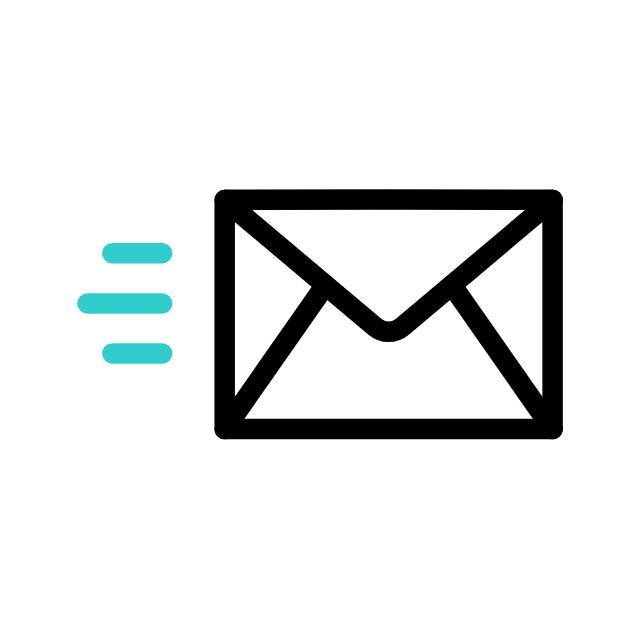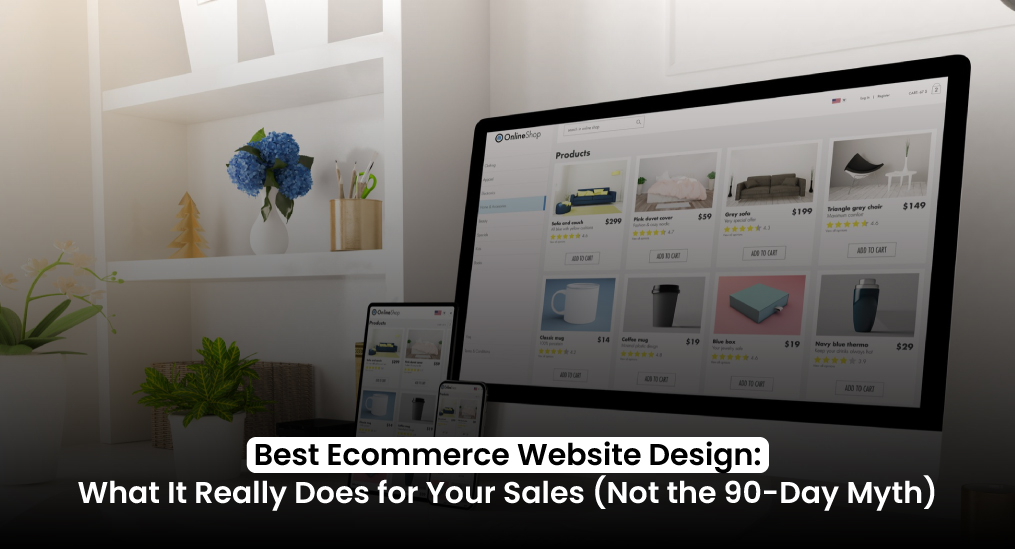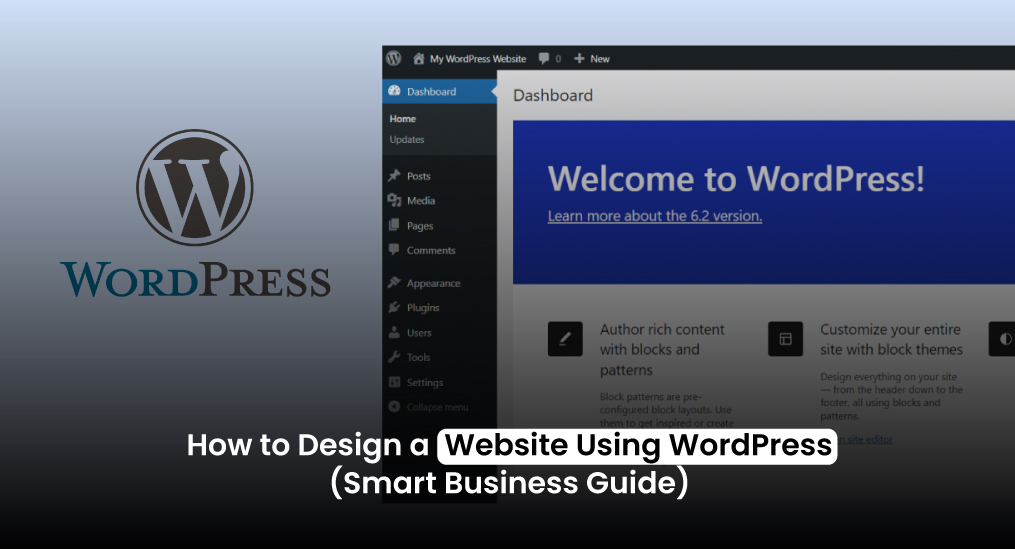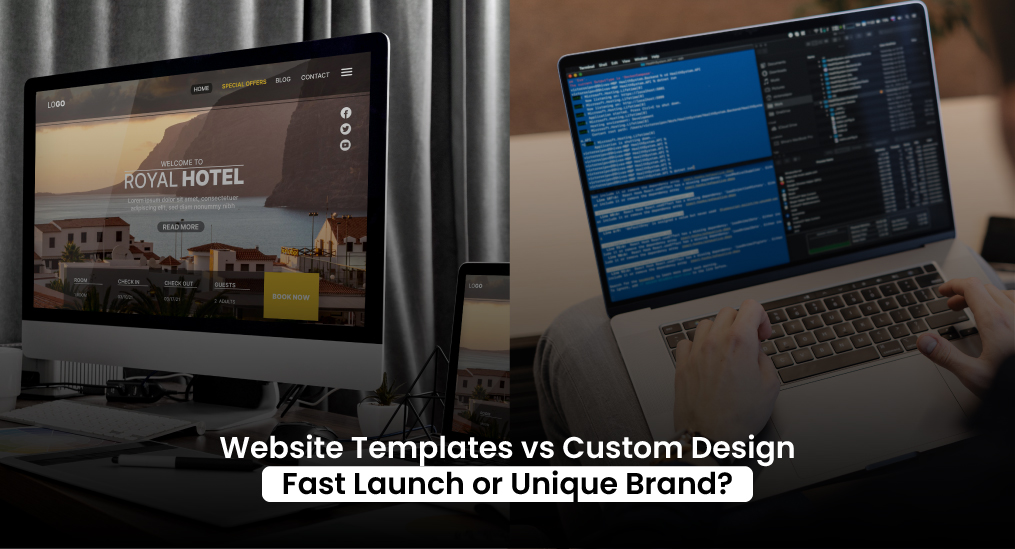Running an e-commerce store under $1M revenue is both exciting and stressful. You’re growing, but every decision feels heavy. You want more sales, but your time, money, and team are limited.
At some point, every store owner asks: What is digital marketing?
The simplest answer: digital marketing is the use of online tools to attract, convert, and keep customers. That includes ads, SEO, email, content, social media, influencer partnerships, and more.
The hard part isn’t understanding what digital marketing is. It’s choosing which types of digital marketing will actually move the needle for a store of your size. Pick the wrong one and you lose money. Try too many at once and you burn out.
Here are seven digital marketing strategies that consistently work for small e-commerce brands. Each one is broken down with examples, practical advice, and warnings about the common traps to avoid.
The Main Types of Digital Marketing
1. Search Engine Optimisation (SEO) – One of the Key Types of Digital Marketing
Picture this: someone searches “soy candles online” and your product shows up on the first page of Google. That’s a free customer who’s already looking to buy. This is the magic of SEO.
For e-commerce stores, SEO isn’t about ranking for huge terms like “candles” or “shoes.” It’s about owning smaller, specific searches. Start with product pages, clean titles, natural keyword descriptions, and fast-loading images. These basics matter more than advanced tactics in the early stages.
The risk of ignoring SEO is that you become invisible. Competitors with better-optimised stores scoop up the organic traffic, and you’re stuck relying only on ads. That means higher costs and less stability.
Focus on small keyword wins, track them, and build from there. Once you’ve nailed the basics, you can layer in more advanced tactics like backlinks and technical fixes.
If that already feels like too much to handle, and your recent Google searches include digital marketing agency near me, then it might be time to consider Koretechx Digital. They can take care of the behind-the-scenes work that keeps your store visible in search. Things like managing site speed, fixing hidden errors, and building authority through quality links. For store owners juggling inventory, customer service, and daily operations, having someone handle these moving parts means less stress and fewer missed sales opportunities.
2. Pay-Per-Click Ads (PPC)
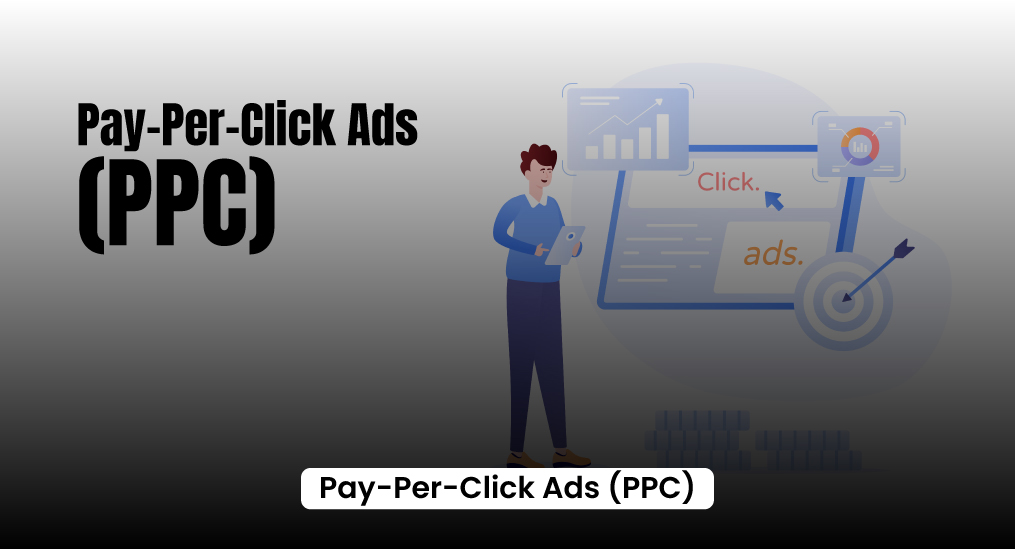
PPC is like renting the top shelf in a busy store. You pay to be seen right away. With Google Ads or Meta Ads, your product appears in front of buyers the moment they search or scroll.
A Shopify store selling custom phone cases can set up an ad for “custom iPhone case” and start getting clicks within hours. That’s the appeal, instant visibility. But it’s also the danger. Run broad campaigns without tight targeting, and your budget disappears fast.
The smarter way is to start with a few high-intent keywords and link them to dedicated product pages. Track conversion daily, not weekly. This isn’t “set it and forget it” marketing. For stores aiming to reach bigger customers efficiently, focusing on high ticket digital marketing strategies helps maximize return on each ad dollar.
If managing campaigns feels like too much on top of running your store, consider getting help from someone experienced with paid ads. They can optimize your budget and make sure every dollar counts.
3. Social Media Marketing – A Powerful Types of Digital Marketing
Think back to the last time you bought something after seeing it on TikTok or Instagram. Maybe a kitchen tool, maybe a skincare brand. That wasn’t random; it was social media marketing done right.
For e-commerce brands, social isn’t about shouting “buy now,” instead it’s about nurturing a brand based upon storytelling. A short unboxing clip, a customer testimonial, or even a behind-the-scenes look at your process can build more trust than any polished ad.
But the mistake most ecommerce stores make is spreading themselves too thin. They post on every platform, then burn out when nothing clicks. One platform done consistently beats five abandoned accounts.
Pick the one where your buyers hang out, and commit. Reply fast, post often, and experiment with reels or stories. This is how small stores punch above their weight and grow loyal communities without massive ad spend.
4. Content Marketing
If SEO is about being found, content is about being remembered. Content marketing means creating blogs, guides, or videos that answer questions your buyers already have.
A skincare brand, for example, might write “Best routines for dry skin” and link their moisturisers in the guide. The article helps before it sells, which in turn earns trust. But helpful content alone isn’t enough if the website experience is clunky or confusing, visitors might leave before they act. Having the best digital marketing website design ensures visitors have a smooth, clear experience that matches the trust you’re building and encourages them to take action.
For beginners, the easiest content ideas often come straight from your inbox. What do customers keep asking? Turn those answers into content. That way, you’re building a library of helpful resources that keep working for you long after they’re published.
If you skip content marketing, you miss out on a major way people discover your store. Well-written guides and articles show up in search results, attract potential buyers, and build trust before they even consider buying. Even a small amount of content can bring steady traffic and leads over time. When you’re ready to scale, you can bring in expert digital marketing services USA teams that handle research, writing, and publishing to make your content work harder for your store.
5. Email Marketing
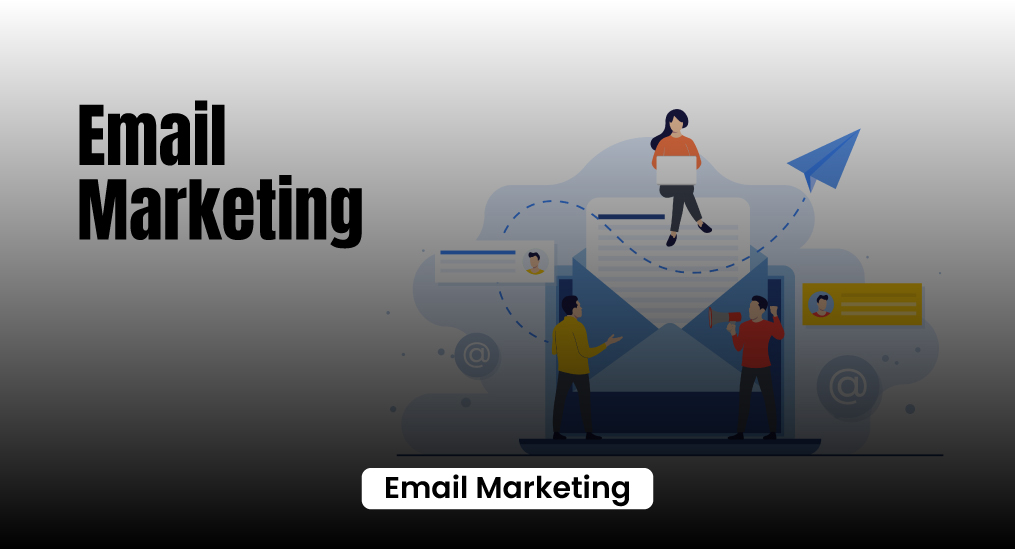
Email marketing is the quiet workhorse of e-commerce. It doesn’t look flashy, but it consistently delivers sales. Every major store you admire uses it, and for good reason.
The simplest flows are the most profitable: welcome emails for new sign-ups, abandoned cart reminders, and product restock alerts. Each of these taps into moments when customers are already close to buying.
Small stores often skip this step because they’re too focused on ads. That’s a costly mistake. Without email, you’re paying to bring shoppers in but not doing enough to bring them back.
Set up the basics early. Platforms like Klaviyo and Mailchimp make automation simple. Even if you only have a few hundred subscribers, email can become one of your highest ROI channels. And if you’d rather not deal with the tech setup, affordable types of digital marketing Services can get you running fast.
6. Influencer Marketing
Influencer marketing is renting trust. Instead of trying to build an audience from scratch, you tap into one that already exists.
For example, a fitness gear brand could send products to 10 micro-influencers with 5,000–20,000 followers. These smaller accounts often outperform celebrity endorsements because their audiences are more engaged and less sceptical.
The danger is chasing vanity. Paying big names looks good on paper, but the ROI often disappoints. For a store under $1M, sinking thousands into one influencer is rarely smart.
Test small. Track sales tied to discount codes or affiliate links. Double down on what works, drop what doesn’t. If you don’t have the time to negotiate and manage partnerships, a top digital marketing agency can connect you with vetted influencers who match your brand.
7. Affiliate Marketing
Affiliate marketing turns other people into your sales team. You give bloggers, YouTubers, or niche websites a commission for every sale they send your way.
A pet supply brand, for example, might let pet bloggers earn 10% per order through affiliate links. The blogger gets income, you get sales, and the customer finds a trusted recommendation. Everyone wins.
But only if you set it up right. Affiliates need clear payouts, transparent tracking, and regular support. If your program is messy, they’ll lose interest quickly.
Start small with one affiliate platform. Keep commissions fair, and provide marketing assets they can easily share. For many under-$1M stores, affiliate marketing becomes a low-risk way to reach buyers they’d never attract otherwise. When it grows, affordable digital marketing services can help manage outreach and tracking.
Which Digital Marketing Service is Right for You?
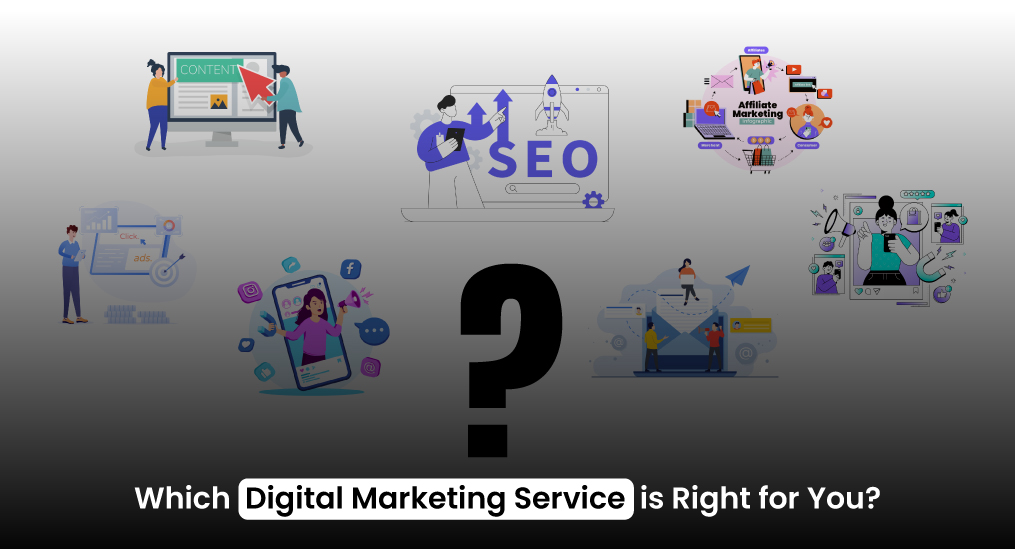
Not every store needs every channel. If you’re selling to a local audience, local types of digital marketing services like Google Maps optimisation and nearby ads will outperform influencer campaigns. If your goal is to experiment without high upfront spend, affordable digital marketing strategies let you test channels safely.
The point isn’t to do everything it’s to do the right things for your buyers. Start with one or two, measure results, then layer in more as you grow.
Finding the Right Partner for Different Types of Digital Marketing
Plenty of agencies will tell you they’re the best digital marketing company USA. But the right choice depends on your goals and your budget.
Working with a top digital marketing agency helps because they know what actually works for small e-commerce stores. Businesses across industries rely on digital marketing services USA for a reason: it saves time, reduces mistakes, and helps growth happen faster.
If you’re searching for a digital marketing agency near me, don’t just look at price. Look at track record, communication, and whether they understand e-commerce, not just generic marketing.
There are many types of digital marketing, but these seven are the ones that consistently drive sales for e-commerce stores under $1M revenue. The best path forward isn’t trying them all at once. It’s picking the one or two that fit your buyers and budget right now, mastering them, and then adding more.
When you’re ready for help, the right types of digital marketing agency can guide you without draining your resources.
Growth isn’t about chasing every shiny tool. It’s about using the right tools, in the right order, at the right time.


